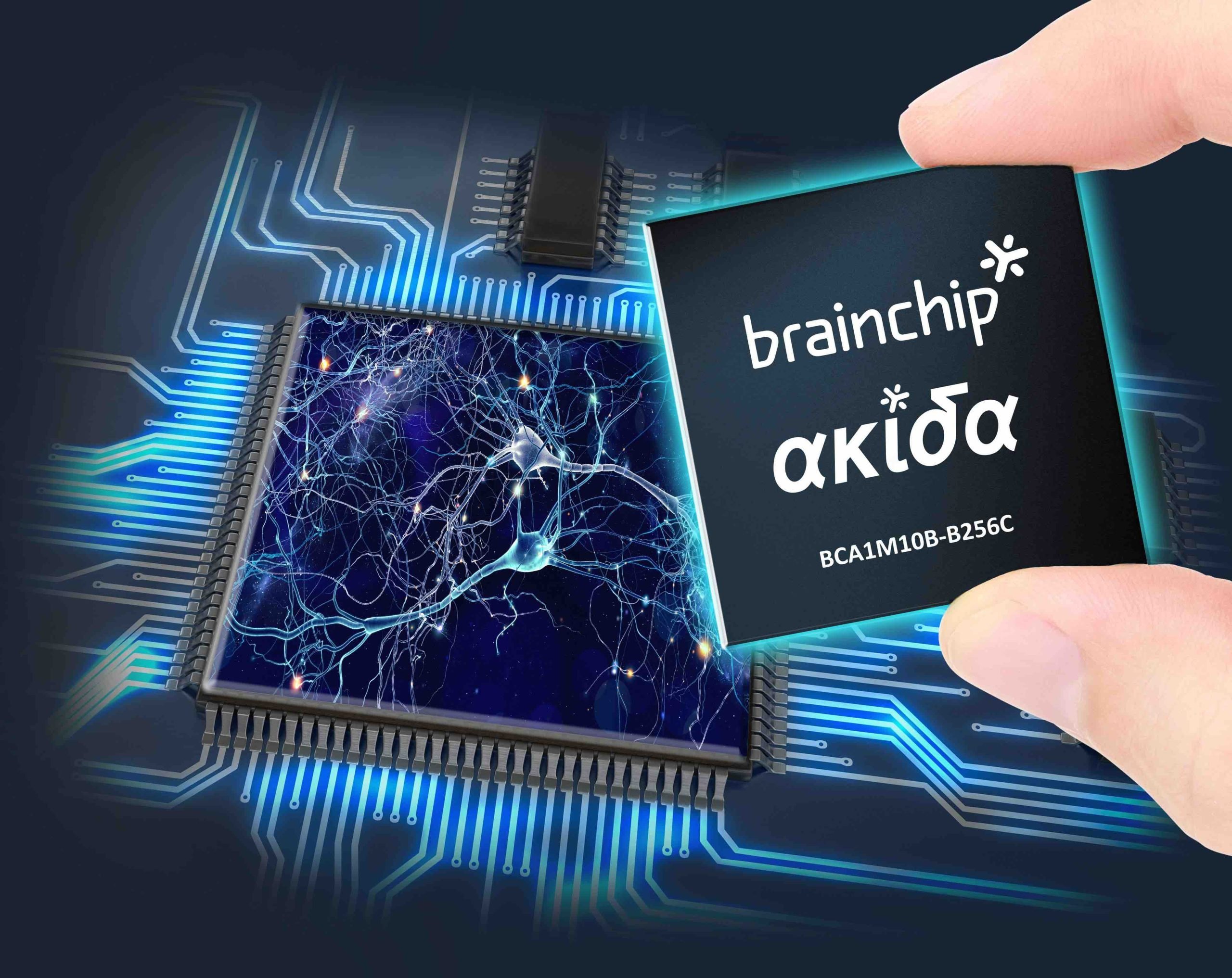Frangipani
Top 20
Hey @Fullmoonfever - wouldn’t it be awesome if it hadn’t simply been your “copy and paste” function that dropped the fullstop symbol between BrainChip and University of California, San Diego?
Or are you clairvoyant by any chance?



Or are you clairvoyant by any chance?
Attachments
Last edited:






